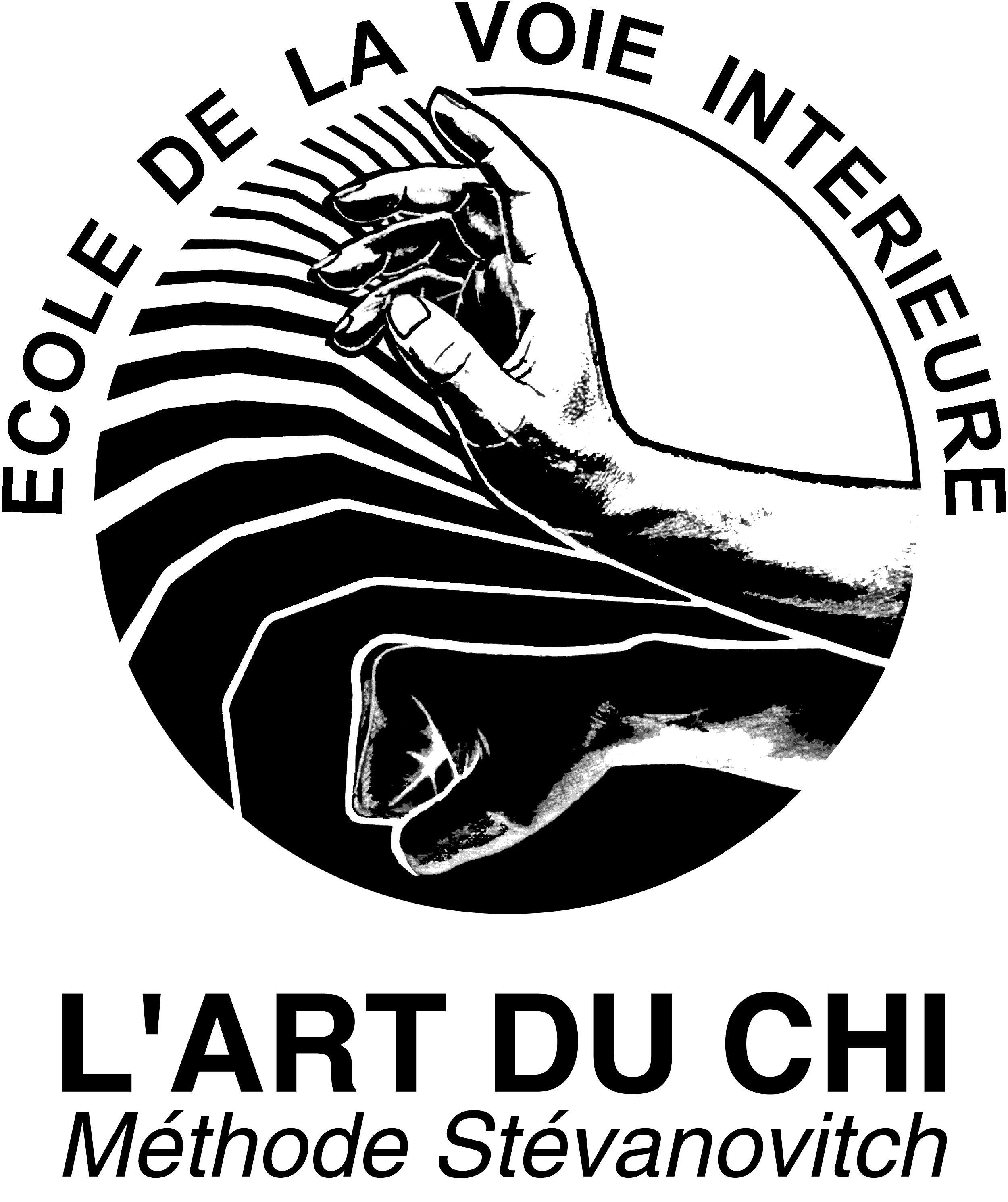
Art du Chi
The "Art du Chi" is an ancient body art, including traditional energy techniques and slow movements that promote the circulation of energy in the body.
The "Art du Chi" is primarily aimed at well-being and health. The privileged instrument of this approach is Chi or Qi, often translated as vital energy. It is Chi research that characterizes all of our exercises and work. It comes from traditional Chinese internal arts, such as Tai Ji Quan or Qi Gong, and from other oriental arts.
"Art du Chi" takes us to explore our mind, our desire to go further and access deeper layers of Being and Life. This is a Path.
To follow this Path, this exploration of the inner world, Vlady Stévanovitch coherently brought together all these techniques and developed the Stévanovitch Method.
"Art du Chi" is now taught in 15 countries, with 280 teachers and 8,000 students.




"My only intention is to transmit, to pay my debt to my masters, who made so much effort to teach me. But my masters didn't just teach me techniques, they helped me to understand what is beyond the techniques and of art: Life. They showed me a Path: that of communication with all living beings, of conscious integration in this immense impulse of joy, which is The Path of Life..."
Vlady Stévanovitch

Stévanovitch method
The Stévanovitch method is adapted to our time and to today's practitioners. The pedagogy, clear and progressive, makes traditional Asian energy techniques available. The universal spirit of these practices is privileged. Aspects related to Far Eastern cultures are not relevant to the work we do. The "Art du Chi" has different techniques:

-
three ways of Tai ji quan(the short form of 24 postures, the classic form of 108 postures, the "secret" form of 127 postures);
-
Exercises of Qi Gong (11 health exercises, 8 brocades);
-
Breathing and relaxation exercises;
-
Techniques for working with Qi (tantien, micro orbit, macro circuit, rings, the ultimate point, the inner axis...);
-
Meditation (concentration, intention, presence, mindfulness, source of being ...);
-
A quick martial sequence called "Kirikido", derived from a Kung Fu kata;
-
Energy vocal techniques.
The mobilization of Chi is the first objective of the School of the Inner Way. The harmony and beauty that emanate from this practice, the permanent search and the development of the inner potential that it implies make it an art. Teaching abstains from any religious overtones and turns its back on the spectacular and competition.

Teaching
Guidance
The chi or Qi, can be used for a variety of purposes including fights, care, daily living or spiritual pursuits.
In the School of the Inner Way, Chi is an instrument of communication with others and with nature. It is at the same time an instrument for exploring ourselves. From our body to begin with. But also, far beyond the perceived body, our profound reality, what we are fundamentally before any differentiation: units of life.

"Empty the consciousness of all thought, of all mental images, to stop the internal monologue. Reach mental emptiness. A search whose tool is the verb or thought is incompatible with the search for the Inner World. It is the path of silence. This leads to overcoming the limits of conscience, but via inner peace, mental and physical balance, health, well-being and happiness. All abundantly watered with Love."
Vlady Stévanovitch
![qigong [Convertido].png](https://static.wixstatic.com/media/fa04a3_d2457f6a82f74fae92655df0c7767891~mv2.png/v1/fill/w_156,h_158,al_c,q_85,usm_0.66_1.00_0.01,enc_avif,quality_auto/qigong%20%5BConvertido%5D.png)
![qigong [Convertido].png](https://static.wixstatic.com/media/fa04a3_d2457f6a82f74fae92655df0c7767891~mv2.png/v1/fill/w_156,h_158,al_c,q_85,usm_0.66_1.00_0.01,enc_avif,quality_auto/qigong%20%5BConvertido%5D.png)
![qigong [Convertido].png](https://static.wixstatic.com/media/fa04a3_d2457f6a82f74fae92655df0c7767891~mv2.png/v1/fill/w_156,h_158,al_c,q_85,usm_0.66_1.00_0.01,enc_avif,quality_auto/qigong%20%5BConvertido%5D.png)
Course Description
The sessions are divided into two parts.
The first, ground work, is essential preparation for the Tai Ji Quan and Qi Gong we practice.
In the weekly classes, the first part allows you to calm down, take the time to leave the daily frenzy to reach a slower tempo, a presence in the body, in its sensations, rhythms and well-being.
In intensive training, the day is punctuated by four courses, two courses on the ground and two in motion. This distribution makes it possible to deepen each technique and also to perceive the results.
Each exercise, each technique is done with respect for the body and its limits. Our tools are those of the body: perceptions, muscle work, imagination, breathing and intention.
The second is practice on the go.
It is just as illusory to practice Taï Ji Quan without the support of Chi as it is to practice Chi techniques without realizing them, without incorporating them into the movement.
Correct repetition of Tai Ji Quan movements has a certain effect on Chi.” These two dimensions of our research influence each other.
Chi-Bearing Sounds
Energy sounds can be Chi vehicles with amazing efficiency.
"Therefore, when one possesses the techniques of manipulation of the Chi, such as those proposed in the Art of Chi, one can intentionally introduce a higher energy in the sound emitted. And some vocal techniques lend themselves better than others. In the East, this has led to research and the development of surprising sound emissions. At the same time, two or more superimposed harmonics are produced which the ear distinguishes very clearly from each other.
These sounds can be vehicles of the Chi of an astonishing efficiency since it is possible, by variations of height and intensity, to reach the body smallest recess, to make it vibrate, to capture the Chi ... and to achieve in this way a thorough cleaning. Most practitioners will tell you that after a few hours of continuous sound, one is metamorphosed physically and mentally. "
Vlady Stévanovitch
"These sounds can be vehicles of Chi of surprising efficiency, since it is possible, by varying the pitch and intensity, to reach the smallest corner of your body, to make it vibrate, to capture the Chi... and to achieve in this way a thorough cleansing. Most practitioners will tell you that after a few hours of continuous sound work, one is metamorphosed physically and mentally."
Vlady Stévanovitch


